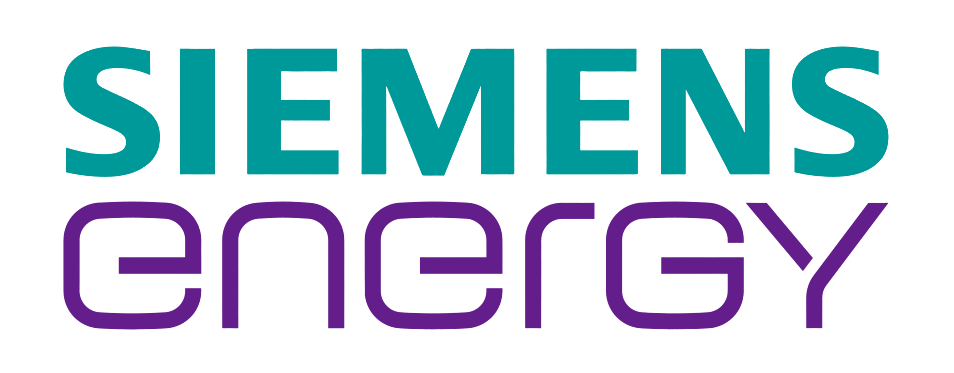We all have heard about Marvel’s Avengers and its popular character Tony Stark – the tech genius a.k.a ‘the Iron Man’. Wondering, where on “Earth” are we going with this? We are coming to it. Similar to technologies like the Arc Reactor or the A.I. Jarvis, that the movie protagonist, Tony Stark built and kept improving over time to save the planet in more than one way, we have carbon capture technologies that can assist us with our decarbonization journey.
However, the current carbon capture technologies are not very successful due to the high costs involved. Depending on the CO2 source, the cost of carbon capture installation ranges from USD 25 to USD 250 per ton of CO2 today. So, the question is, who will be the next Avenger for the Energy industry to help reduce the carbon capture technologies costs to meet the net-zero targets?
Carbon capture technologies have demonstrated tremendous potential in challenging industries like cement, iron & steel, etc., Adsorption-based CO2 capture devices are the primary technology in use in these industries. Even though this technology has a wide range of applications, the cost is always a critical deciding factor. Currently, the total process cost for adsorption-based carbon capture technologies is about USD 150 per ton of CO2 captured, with the material used in the adsorption process accounting for 60% of the cost, making it expensive.
While today’s carbon capture technologies may not be Iron Man’s suit, they certainly still have the potential to save the world. The material in an adsorption carbon capture unit is equivalent to a cartridge in an air filter and efforts are being made to find low-cost advanced adsorption materials to be used in the adsorption process. Now, (a) carbon-based materials and (b) metal-organic frameworks (MOFs) are the two front-runners. The predicted cost of MOFs for mass production ranges from USD 10 to 70 per kilogram, although they are more expensive but have better performance. The average cost of the raw ingredients used in carbon-based adsorption is about USD 5 per kg, but its performance is poor compared to MOFs.
What now?
UC Berkeley researchers have discovered inexpensive materials using a method that can be scaled to a mass manufacturing level. This substance, known as MMNCny-DETA, is based on melamine. Melamine is being produced on an industrial scale for usage in industries like the manufacture of dinnerware, chemicals, and cement. UC Berkeley researchers synthesized 1 kg of MMNCny-DETA in a simple lab-scale pilot setup with the potential for industrial-scale production. Since the raw materials used are already produced on an industrial scale, the process cumulatively costs USD 3.8 per kg of the final product. Given that the same setup can be used to manufacture various grades of MMNCny-DETA by varying process parameters like temperature and concentration, this makes the material and synthesis technique a potential game-changer. The research team asserts that changing the parameters can be utilized to produce MMNCny-DETA for a variety of uses, such as automotive exhausts.
FutureBridge believes Melamine is the next Avenger that will reduce the cost of adsorption CCUS units. There are still some carbon emissions released during melamine production; however, more assessments are required around Melamine-based carbon capture units’ techno-economic feasibility and their application in different industries.
FutureBridge can assist you to develop techno-economic feasibility assessments of carbon capture units with Melamine as material and mitigate the challenges of carbon capture technologies. At FutureBridge, we track and advise on the future of the Energy industry from a 1-to-25-year perspective. Contact us here.
Need a thought partner?
Share your focus area or question to engage with our Analysts through the Business Objectives service.
Submit My Business ObjectiveOur Clients
Our long-standing clients include some of the worlds leading brands and forward-thinking corporations.
- © 2021 Cheers Interactive (India) Private Limited. All rights reserved. FutureBridge ® is a registered trademark of Cheers Interactive (India) Private Limited.




































